Ads and subscriptions are the winning business models for B2C content. But a third model is emerging which may spark an internet revolution.
Model 1: Try it free
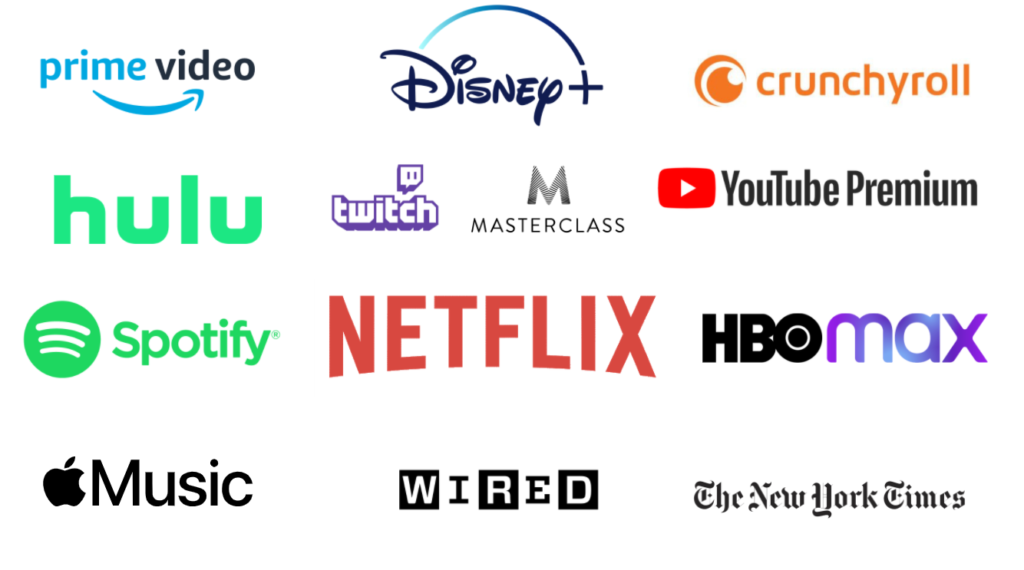
Netflix, Spotify, Hulu, Twitch, Crunchyroll, HBOMax, New York Times, Wired, Apple Music, Disney+, MasterClass, Prime Video.
What do you think of? Say it on three.
One, two, subscriptions. The most popular, seamless, and profitable strategy to charge users for the content they (often don’t) use. Few realize that the 5 free trials they signed up for at $14.99/mo thereafter will rack them up nearly $1000 per year. One reason is that that about 48% of consumers completely forget they signed up for a subscription in the first place. And this is in part why the model is so popular in tech companies. Subscriptions result in a massive customer lifetime value (CLV) for the company as recurring charges amount to enormous sums over time. Netflix in their benevolence profited so much from inactive users that they recently initiated a policy to cancel inactive users after 2 years, or $312 worth, of unused service.
While undoubtedly convenient, subscriptions are not all that efficient for every consumer. Currently, a Netflix user who watches 50 movies per month is charged the exact same as a user who watches 0 movies per month. Some users get immense utility out of the service while others get literally none (by their own act of passivity), yet everyone pays the same. For the latter types who tends towards zero use, an unlimited model is not necessary or optimal, particularly if it can cost them $312 for mere distraction.
Similarly, a model which facilitates the literal distraction of users to increase viewership of ad campaigns ills the same fate.
Model 2: Just keep watching
The embedded growth obligation of any company is to increase year over year revenue.
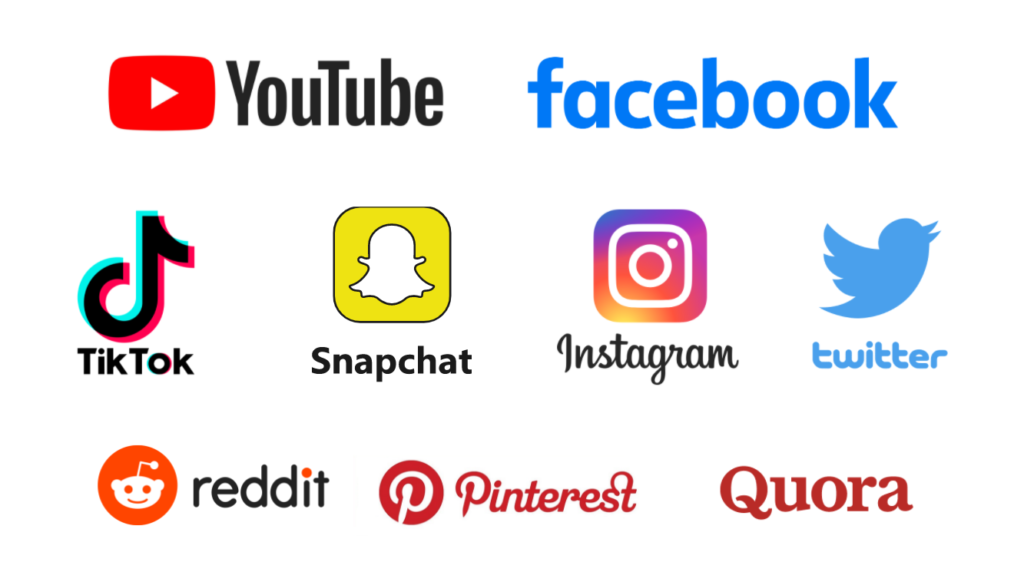
For the above tech platforms, revenue is directly tied to time spent on the platform as advertisements are scattered throughout free content. Thus the financial obligation to grow revenue turns into an engineering and design challenge to keep users engaged as long as possible. While responsible for some incredible innovations & highly accurate content recommendations, this fact of obligation can also create a rift in motives. When 3rd-party investors & stakeholders who don’t use the platform make decisions regarding it’s design, incentives between product teams and users can become maligned.
The best B2C platforms are made by product designers who are creating a product or service that they themselves really want to use; not a product that must exceed quarterly revenue at all costs. Thus a company’s devotion explicitly to maximizing time spent watching will result in a user experience that becomes gamified and unhealthy, as design choices meant to lure & maintain attention leave users drunk on an information binge. Features like autoplay are not made to help the users.
The trade-offs of the above models are clear. Subscriptions, while convenient, are often under-utilized or forgotten entirely, siphoning off monthly payments that amount to much more than we intuit. They leave little room for casual or occasional viewers to justify the expenses incurred. Ad-driven platforms give us content for free, but charge a cognitive price by flashing distracting ads and simultaneously incentivizing long-as-possible watch times. While neither of these models are necessarily bad (after all, they’ve produced incredible services) it is fair to say that they are not perfect in any user-centric sense of the word. What would make a service perfect is one created by and for the people using it.
This brings us to 3rd model that is new and definitely controversial.
Model 3: You make the rules
Imagine instead an entirely new content platform where payments, incentives, collaborations, and platform governance are decided upon by creators and viewers. Users can choose to share their data and are rewarded if they do. Users can choose to watch ads and are rewarded if they do. They can shut down ads with tiny $0.01 payments and tip their favorite creators a dime for an excellent video. Paywalls like this:
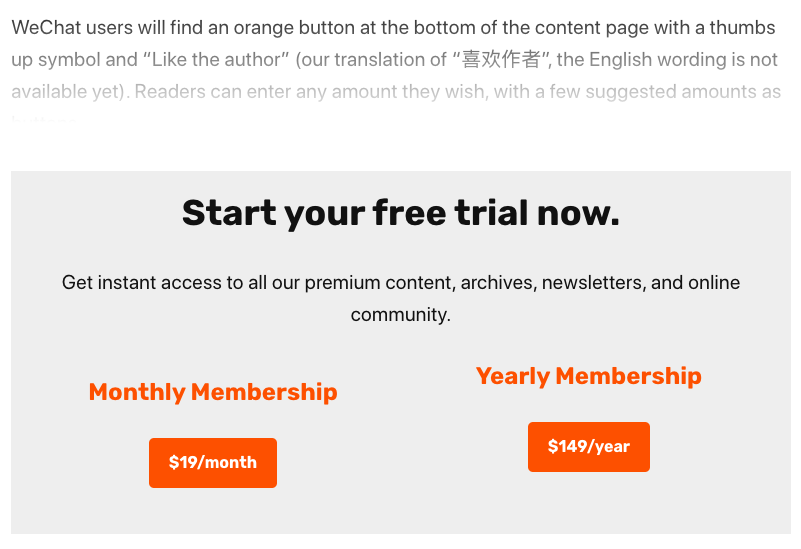
do not require $19/month subscriptions to surpass. Instead, a reader can click a button and pay $0.25 for a single article.
Blockchain-enabled platforms are the backbone of this model, as they are fundamentally decentralized, transparent, and peer-to-peer, enabling payment and incentive systems that simply are not possible with fiat-based currencies. For example, it is possible to create a content platform with blockchain where a users time spent & actions taken earn them real money via an accumulating crypto token. This money is now an asset they can use to buy and trade things within the platform (see non-fungible tokens), or to get access to certain features (e.g. ad-free content, exclusive content, creator messaging, voting power, etc.). The more time the user spends on the platform, the more they are rewarded. Same goes for the creators and the developers who build & maintain the platform.
Beautifully, the currency need not be limited to one use-case. It can be also be exchanged for other currencies like Bitcoin or USD thanks to interledger, which allows seamless cross-currency exchange.
Let’s take a look at a few of these future platforms.
Brave browser, now with over 20 million users, is a privacy-centric browser which actually rewards users with a basic attention token, or BAT, for viewing ads on the internet. This token can be cashed out for real USD or used to tip creators anywhere online. Brave is the most widely adopted modern analog to the peer-to-peer payment system described above.
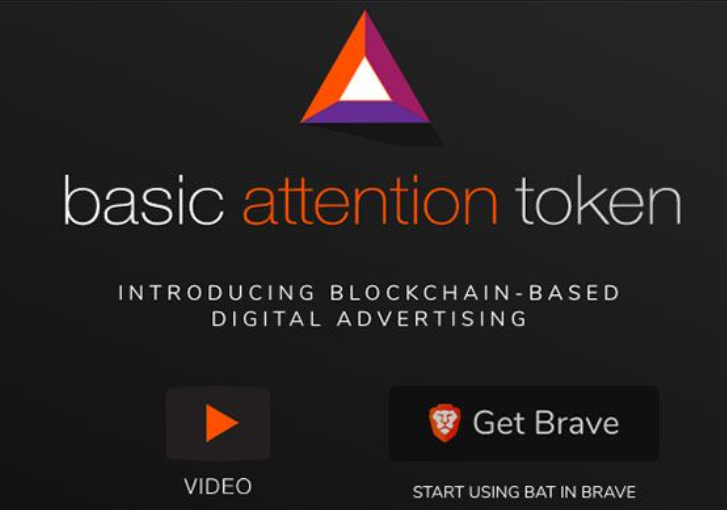
Rally.io is a platform for forward-thinking creators which enables fans to buy, donate, and hold their favorite creator’s creator coin. Using blockchain, each creator creates a coin for themselves and then distributes it out to their viewers, exchanging exclusive content and building community. This will help creators find their biggest fans and offer them personalized rewards, exclusive features, voting abilities, and other perks that currently are stratified between a variety of services. Founded by Berkeley grad & CEO Kevin Chou, who previously sold Kabam games for $800 million, Rally is backed by some of the strongest minds in the crypto community. Investors include a16z, CoinBase Ventures, The House Fund, Balaji Srinivasan, Kevin Lin, and more.
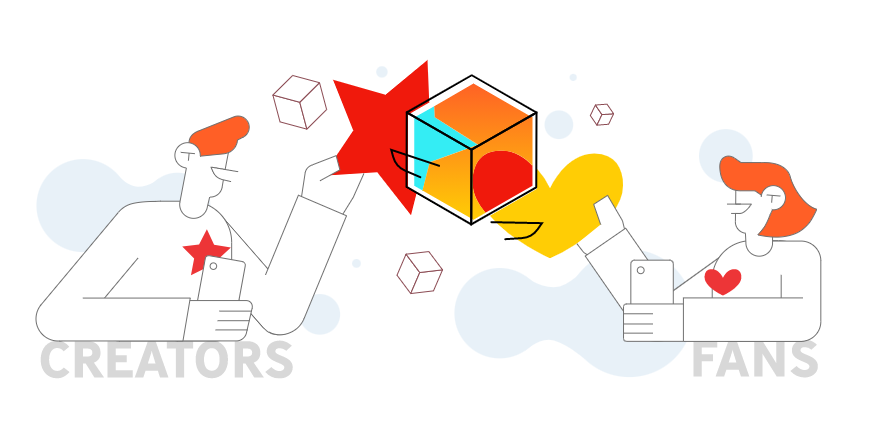
Puma Browser is a private mobile browser that makes it easy to support creators, developers, and charities via built-in micropayments. The browser, developed by Berkeley graduate Yuriy Dybskiy, represents an entirely new means of rewarding creators without actively making payments. Read more here about Puma’s origin story & the vision they have for the future.
Coil (which powers the Puma Browser) is an ecosystem that uses the Web Monetization API to enable streaming micropayments – as in tiny fractions of a penny – to instantly flow to websites as you read, watch, and listen. Coil is built using open technology so that publishers, platforms, and creators have more freedom of choice.
Interledger is an open protocol suite which enables the sending of payments across different ledgers. This is an extremely important protocol as it allows currencies to simply be exchanged for one another, so a browser with built-in micropayments need not rely on any single currency. Instead, it can use Interledger to send packets of money across independent networks.
As investment firms like Andreessen Horowitz pour nearly $1 billion into the crypto space, more accessible, well-built, and valuable blockchain-based platforms are will become available to consumers. This field will open up brand new modes of monetization for creators across the world, likely sparking entirely new jobs in society just like YouTube, TikTok, and other creative platforms did. We have truly just begun to scratch the surface when it comes to discovering the potential for blockchain-based software platforms.
I encourage the reader to disregard the hype around prices and simply look into the Bitcoin whitepaper to understand fundamentally what a blockchain is, how it works, and why it may facilitate a new world of possibility on the internet. Additionally, this investment thesis by a16z shows how one of the greatest venture capital firms in Silicon Valley’s history sees the future of crypto.
